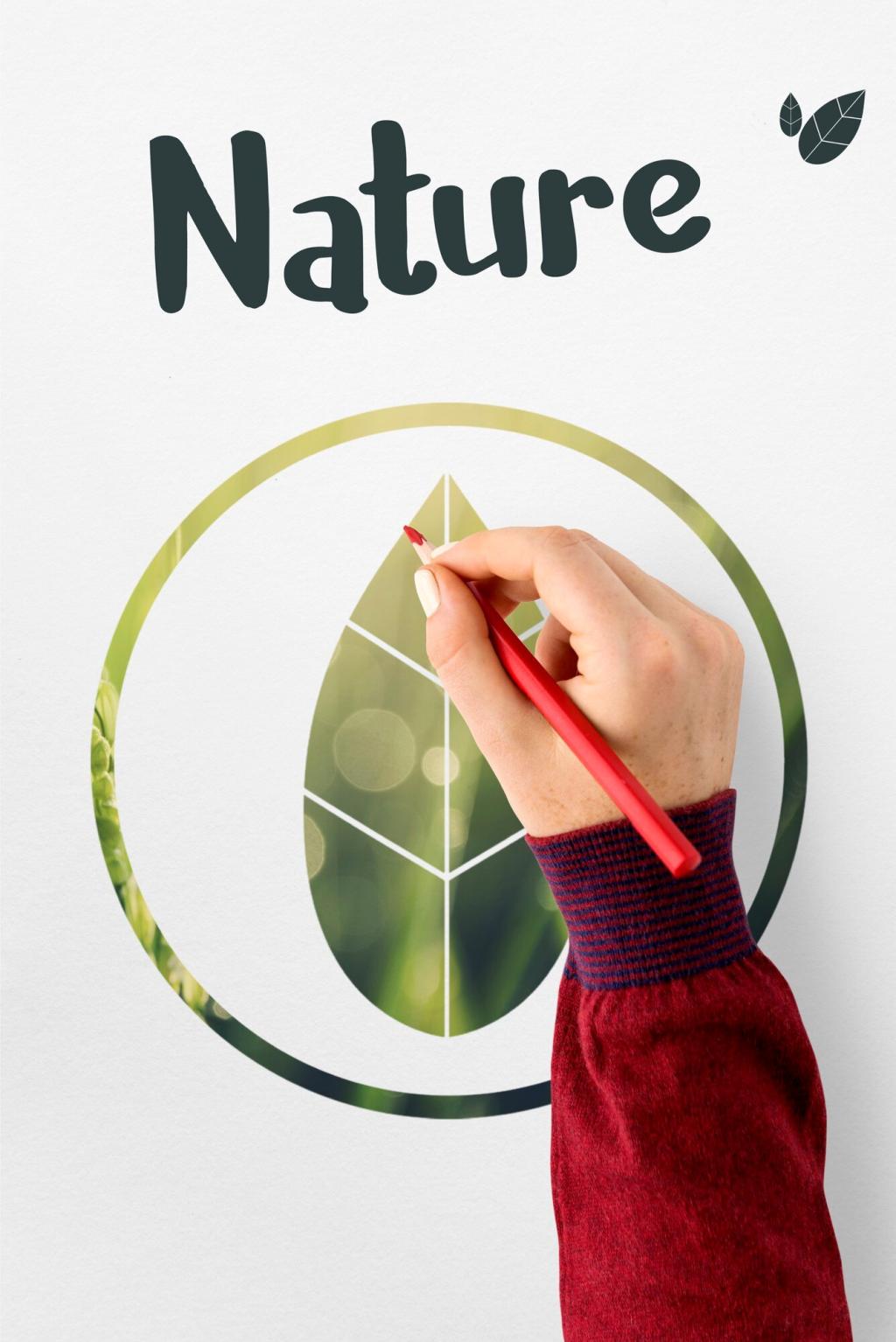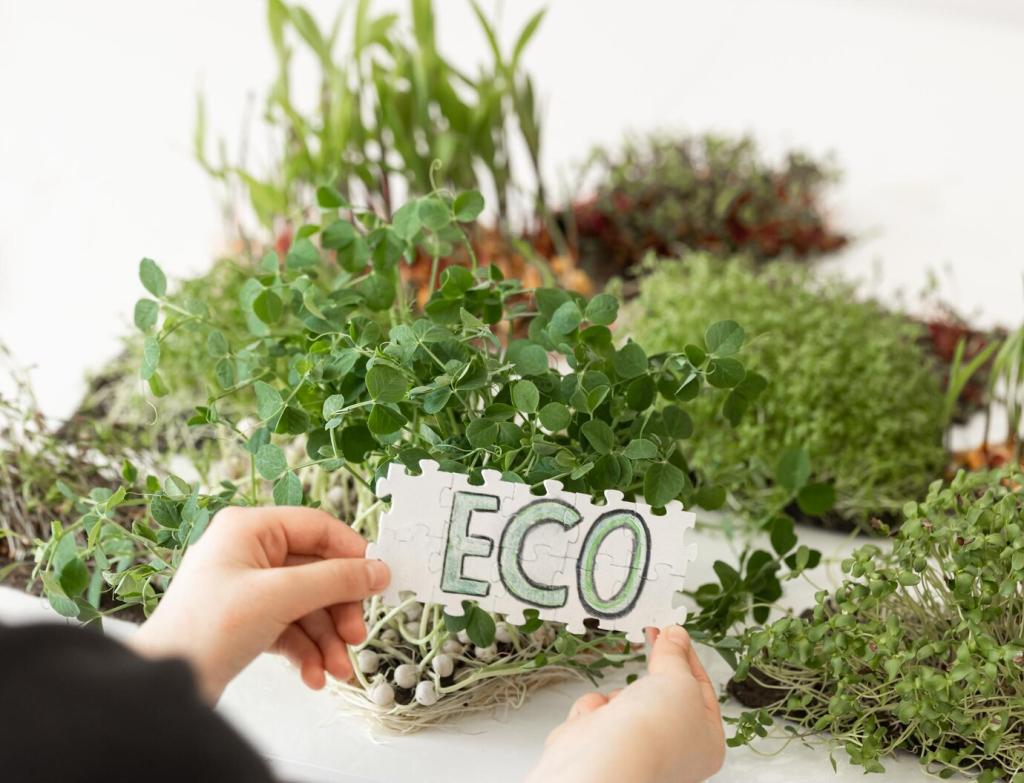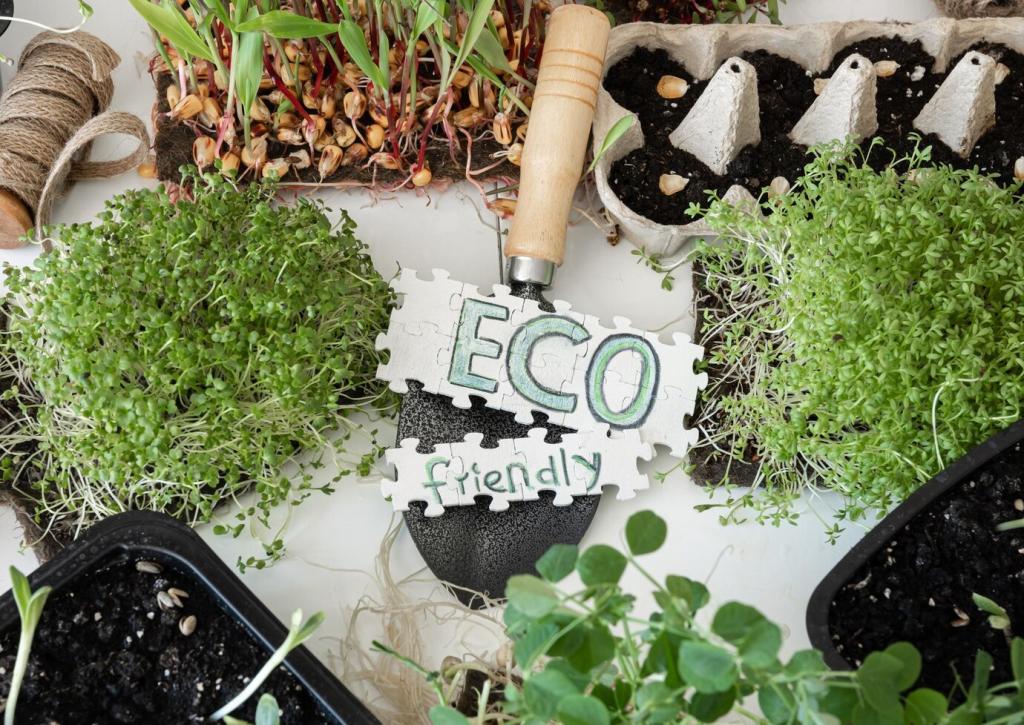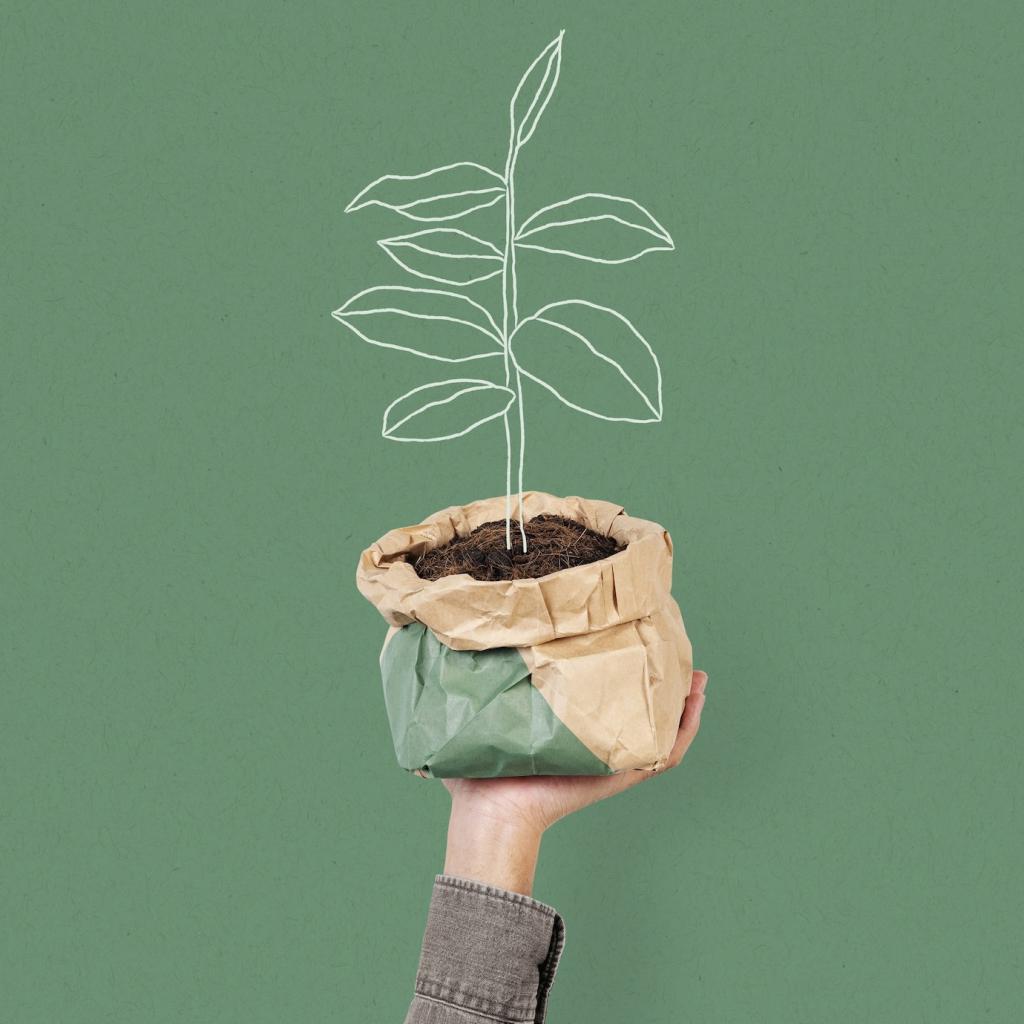Greener Underfoot: Sustainable Flooring That Feels Like Home
Selected theme: Green Flooring Options for Sustainable Living. Step onto floors that respect forests, clean your indoor air, and elevate everyday comfort. Explore approachable choices, personal stories, and practical tips—and subscribe to receive fresh, eco-smart flooring inspiration in your inbox.

Natural Stars: Cork, Bamboo, and Linoleum
Cork: Quiet Comfort From Bark
Harvested from cork oak bark, cork springs back underfoot, softening kitchens and playrooms while adding gentle thermal insulation. We love its subtle speckled patterns that hide scuffs. A reader told us her toddler learned to walk on cork—fewer tears, more happy steps.


Bamboo: Fast-Growing Strength
Strand-woven bamboo compresses fibers into remarkable hardness, rivaling traditional hardwoods. Choose products with honest adhesives and clear emissions testing. Expect elegant grain or modern, uniform tones. Keep an eye on moisture control near bathrooms and entries to preserve beauty for years.
Reclaimed and Recycled Options
Reclaimed Wood With a Past
Old joists and barn boards bring nail holes, weathered hues, and stability from long, slow curing. Skip-planed finishes retain character without roughness. An installer told us a stair tread still bears a century-old saw mark, now a conversation starter at every gathering.
Recycled Rubber and Gym-Ready Floors
Rubber tiles and rolls often include recycled tires, diverting material from landfills while delivering shock absorption and sound control. Perfect for basements, home gyms, and mudrooms. Early rubber odors typically fade with ventilation—ask for low-emission specs to keep indoor air pleasant and calm.
Glass and Ceramic Tiles With Post-Consumer Content
Recycled glass mosaics shimmer with light, while ceramic blends post-consumer clays into durable surfaces. Both pair beautifully with radiant heating and wet zones. Choose light-reflective tones to reduce lighting needs, and grout thoughtfully to balance maintenance with bold, pattern-forward design statements.
Installation and Finishes That Keep It Green
01
Adhesives and Grouts That Breathe Easier
Favor low-VOC, water-based adhesives and modern grouts with reduced emissions. On tile jobs, consider dust-managed mortars and safe silica practices. For wood, floating systems can eliminate glue entirely. Always ventilate and follow cure times; patience today means healthier, longer-lasting floors tomorrow.
02
Finishes: Oils, Waxes, and UV-Cured Options
Natural hardwax oils create a matte, tactile feel and allow spot repairs without full sanding. Factory UV-cured finishes arrive ready for action with minimal site emissions. Ask for slip resistance data where needed and confirm maintenance routines that preserve beauty without harsh chemicals.
03
Subfloors and Acoustic Underlayments
A stable, dry subfloor is the unsung hero of longevity. Recycled-fiber underlayments add acoustical comfort in apartments and reduce impact noise. On slabs, include moisture barriers to protect bamboo, cork, and wood. Proper prep prevents callbacks and keeps sustainability claims intact.
Life Cycle: Cost, Care, and End-of-Life
Routine sweeping, entry mats, and felt pads prevent premature wear. Neutral cleaners protect finishes from breakdown, and periodic oil refreshes keep wood rich and resilient. Small habits stretch lifespans, saving money and emissions while preserving the welcoming feel you chose from the start.
Life Cycle: Cost, Care, and End-of-Life
Design for fixability. Keep extra planks or tiles for strategic swaps; modular systems make spot repairs painless. Refinish thick wear layers rather than ripping out. Many suppliers offer take-back or parts programs—ask before buying to lock in long-term sustainability support.
Life Cycle: Cost, Care, and End-of-Life
Plan the end at the beginning. Reclaimed wood can be resold or milled again. Some rubber and carpet tile programs accept returns for regrind. Linoleum’s bio-based content can decompose under controlled conditions. Local salvage centers love whole boards for creative reuse projects.
Design Without Compromise
Honey-toned cork and reclaimed oak pair beautifully with clay paints and linen drapery, creating calm, cocooning spaces. A reader’s lakeside cabin swapped vinyl for cork and reported quieter mornings, fewer cold-foot shocks, and an overall sense of grounded, restorative comfort.
Design Without Compromise
Pale bamboo wide planks elongate rooms, bouncing daylight for an airy feel. Black grout grids on recycled tile deliver architecture-forward drama. Hide vents, simplify baseboards, and let textures whisper. The design looks effortless, while sustainability works hard behind the scenes every day.


Join our mailing list
